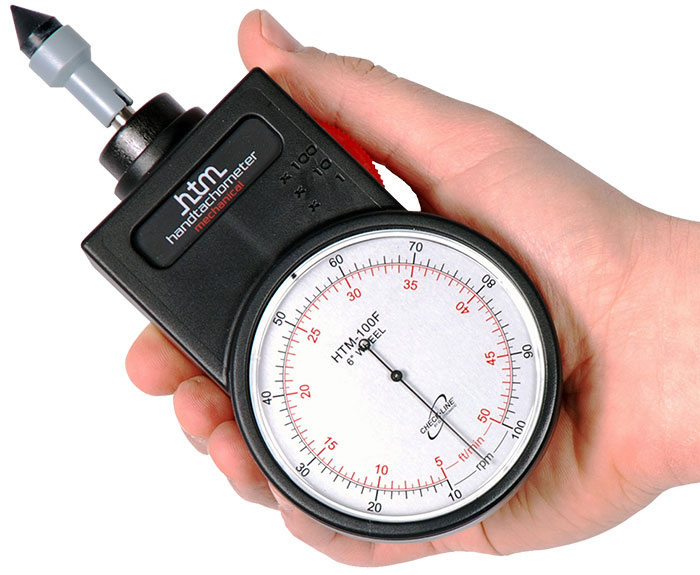The Advantages of Installing a Tachometer in Your Automobile
The Advantages of Installing a Tachometer in Your Automobile
Blog Article
The Importance of a Tachometer in Monitoring Engine Rate and Efficiency in Automotive Applications
In the world of auto design, the tachometer stands as a critical instrument in the motorist's collection, giving a straight window into the inner operations of a car's engine. Past its function as a simple gauge of revolutions per minute (RPM), the tachometer serves as a vital device for fanatics and specialists alike, supplying real-time understandings right into engine efficiency and wellness.
Importance of Monitoring Engine RPM
Keeping an eye on engine RPM, or revolutions per minute, is an essential element of automobile upkeep and performance evaluation. Engine RPM straight correlates with the rate at which the engine's crankshaft rotates, showing exactly how quickly the engine is running.
Moreover, monitoring engine RPM is necessary for efficiency evaluation in racing and high-performance lorries. In summary, keeping track of engine RPM is not just crucial for detecting concerns but likewise for enhancing engine efficiency in numerous automobile applications.

Benefits of Real-Time Data
In vehicle applications, real-time information plays a vital duty in providing instant understandings right into the efficiency and problem of the automobile. By continually checking numerous specifications such as engine speed, temperature, fuel usage, and much more, real-time data provides various advantages that contribute to enhanced efficiency and safety when traveling.
In addition, real-time data facilitates efficiency optimization by providing instant feedback on driving habits and engine performance. Motorists can readjust their habits in real-time based on this information to attain better gas economic climate and lengthen the life expectancy of their car.

Additionally, real-time data plays a crucial role in contemporary auto diagnostics, allowing specialists to quickly identify and resolve malfunctions. This causes reduced downtime, lower upkeep expenses, and inevitably, improved general lorry reliability and durability (tachometer). By using the power of real-time data, automobile stakeholders can make enlightened decisions that favorably influence both the performance and longevity of the car
Influence On Gear Shifts
Reliable gear shifts in automobile applications substantially affect total performance and driving experience. The tachometer plays an important function in maximizing gear changes by giving real-time engine rate information to the driver. When approaching the redline on the tachometer, it signals the vehicle driver to upshift to stop over-revving the engine and triggering prospective damage. On the other hand, downshifting at the best moment can assist preserve the engine in its power band, making certain receptive velocity when required.
Furthermore, the tachometer aids in attaining smoother equipment shifts, especially in manual transmissions. By keeping track of engine speed, chauffeurs can perform equipment changes at the ideal RPM range, reducing snagging movements and lessening wear on the transmission parts. This precision on duty adjustments not only improves driving comfort however likewise adds to sustain performance.
Enhancing Fuel Efficiency
Offered the essential function the tachometer plays in enhancing equipment shifts for performance and engine wellness, it directly adds to making best use of gas efficiency in auto applications. By supplying real-time feedback on engine rate, the tachometer assists vehicle drivers in maintaining one of the most effective RPM array for fuel economy. When motorists regularly check the tachometer and readjust their driving behaviors appropriately, they can stay clear of unnecessary gas consumption triggered by over-revving or lugging the engine.
In addition, the tachometer aids drivers identify the most fuel-efficient gear to be in at any given moment, avoiding the engine from working more challenging than necessary. In more conclusion, the tachometer serves as an important tool in enhancing gas efficiency by advertising ideal driving habits and recognizing areas for improvement in the vehicle's performance.

Optimizing Engine Durability
The tachometer's function in keeping track of engine speed and efficiency is important in guaranteeing the longevity of auto engines. By making use of the tachometer successfully, motorists can optimize engine long life via mindful RPM management. Consistently revving an engine too expensive can cause excessive damage on essential elements, such as the pistons, valves, and bearings. With time, this can cause decreased engine efficiency and potential malfunctions. Monitoring the tachometer allows drivers to remain within the suggested RPM range for their lorry, stopping unnecessary strain on the engine and extending its life expectancy.

Conclusion
To conclude, the tachometer plays a vital function in monitoring engine rate and efficiency in automobile applications. By providing real-time data on RPM, it permits efficient equipment shifts, enhanced gas efficiency, and taken full advantage of engine long life. This device is necessary for preserving optimal engine efficiency and making certain the total functionality of a vehicle.
Report this page